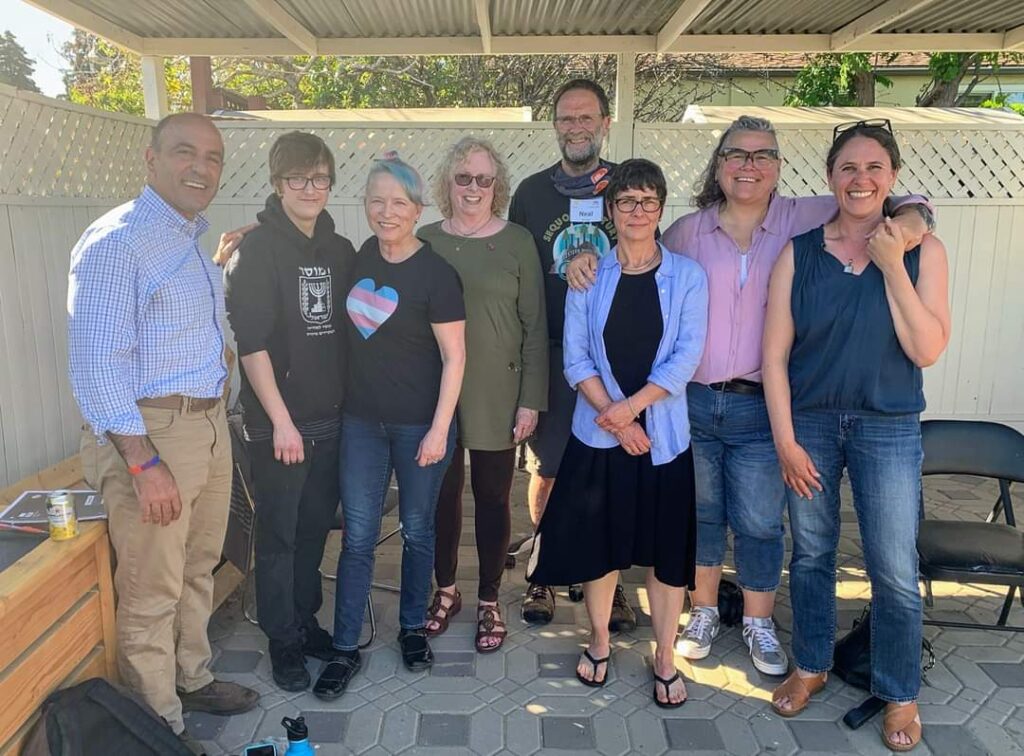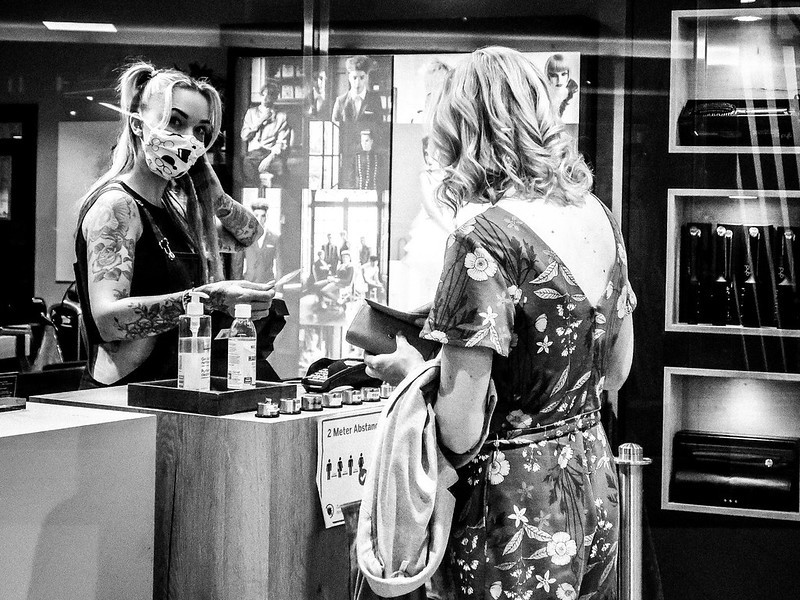As an interviewer, I have noticed what seems to be a growing trend. Perhaps it’s not a new trend, but it has been standing out more and more starkly in interviews. I’ll attempt to get my interviewee to something, anything quotable, yet they keep falling back into vagueness, empty jargon, and platitudes.

I’ve been pondering why this is, and then an interview subject gave me a clue. This person had just made a vague statement about ways their program had been successful. So I asked, “Can you give us an example of one particular success?”
Now, let me press the pause button here and tell you something that anyone who leads others knows: People do not notice or remember generalities. They notice and remember specifics. If you want people to think about global climate change, for example, don’t list off a bunch of generalities about the terrible things that might happen. Talk about the hurricane that just destroyed their neighbor’s home.
So that’s what I was doing: asking someone who should know how to talk to people a pretty straightforward question. Their answer?
“I don’t want to leave anyone out.”
The FOMO effect
Much has been made of the Fear Of Missing Out effect created by social media. Your friends post charming photos of their vacation, and you wonder whether your little roadtrip measures up. Or people you know post raves about an event they went to and you wonder why they didn’t invite you.
I think this trend toward vague language starts here, with the sense that if you celebrate any one particular thing, you’re denigrating something else. This of course is completely untrue and ridiculous when you think about it. Does your 60th birthday party mean that someone who’s 58 is not as good? Does your job promotion, your kid’s award, or your friend’s rad haircut mean that everyone else who has not achieved those things should be ashamed?
Don’t look too close at the FOMO effect or you might start fearing that we’ve all gone completely insane.
Inclusion should not lead to fear

But there’s more to this growing vagueness of speech than just fear of leaving someone out. I believe this fear is based on the very real and very valid wish to be inclusive. As everyone in our country becomes more aware of how groups of people have been systematically and systemically excluded from the pursuit of happiness and security that we are supposed to have access to, we are reacting in a variety of ways.
Some people are reacting by shutting down, digging in, and sticking their fingers in their ears. I wish they were also saying, “la la la” but the things they are actually saying are so offensive I won’t contribute to their strength by addressing it here.
Looking at the rest of us, we are reacting to the growing understanding of exclusion by working to be more inclusive—and that’s the right thing to do. Every organization I am involved with is working to be more to be more inclusive and more thoughtful about how their activities are structured.
This is all good, but it’s also leading—I believe—to fearful behavior that we need to resist
The fear of leaving out
I include myself in this, so please don’t think I’m pointing fingers. I think this is a cultural trend, not an individual failing. I believe that as people are working harder and harder to make statements that are exclusive, they are moving further and further toward language that says nothing at all.
It goes something like this:
I want to make a statement about something important
Wait, what if my experience shows that I’m benefiting from some sort of privilege?
Oh, no, what if when I talk about my experience, I leave out someone who has been left out before?
OK, let’s see, I need to first apologize that I can’t experience this in a way that includes everyone
Then I need to remove any specific references to my experience
Then I need to make sure it’s inclusive of every possible person and circumstance
Phew! Now I’m ready to…issue vague pronouncements on nothing in particular.
Result: mealy mouths
In case you missed it: “mealy mouthed: afraid to speak frankly or straightforwardly.”
That’s us. That’s all of us who are reacting to our desire to be inclusive by including…no one and nothing. I’d love to offer a solution here, but right now, I’m at a loss. I don’t want to make anyone feel bad. I’m the person who obsesses about every little thing I said at a gathering, wondering who I insulted, what I did wrong, who I left out, whether I wore a face that looked friendly.
Really, it can be noisy in here.
But I guess all I’m saying is that this problem—like many problems—will partly be solved just by acknowledging it. We can’t react to wanting to be inclusive in a fearful way. If we do say something exclusive, apologize and move on. I realize this seems hard in our cancel culture, but it’s a time-honored tradition. Humans screw up, then we move on. So if it’s advice you seek, I guess that’s it:
Speak your mind, then if you need to, apologize and move on.
But please, spit out the meal in your mouth and get to the point!











